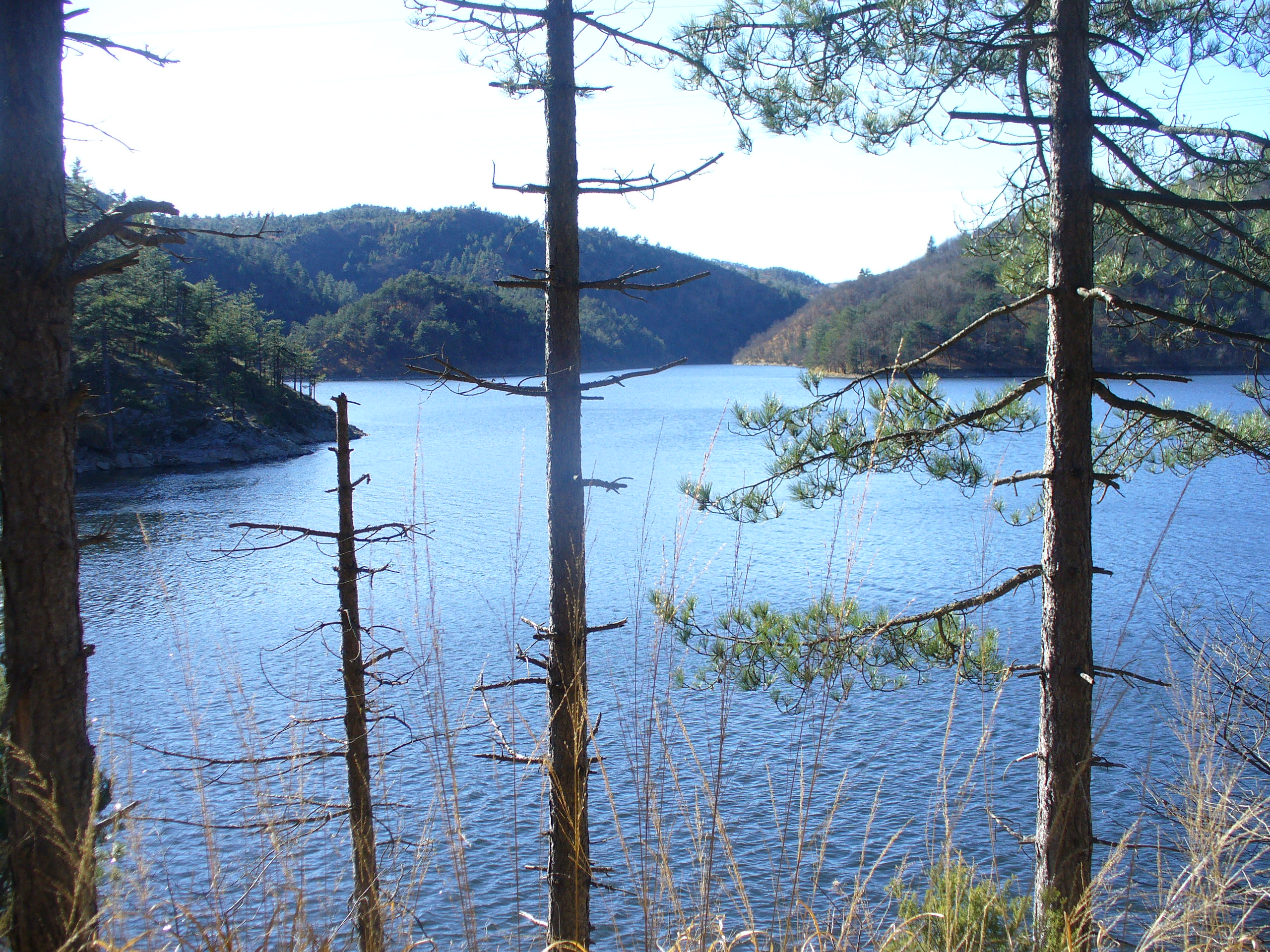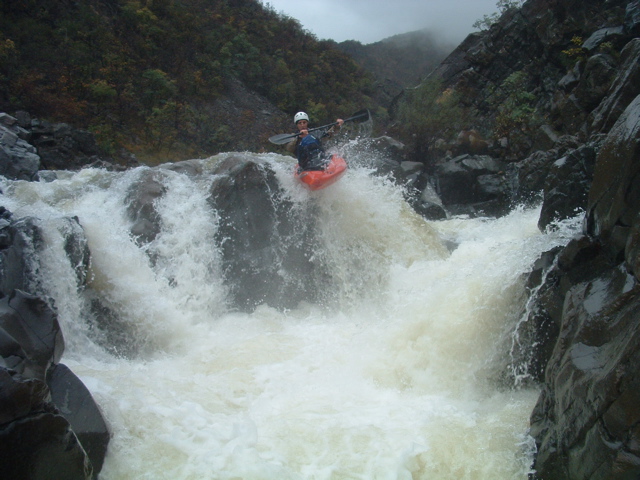
Capanne di Marcarolo Natural Park
This post is also available in:
 Italiano (Italian)
Italiano (Italian)
Capanne di Marcarolo Natural Park straddles the Ligurian-Piedmont Apennines, in the historical area of the Oltregiogo, a plateau in the province of Alessandria nestled between the coastal side and the plain, where traditions, different practices and dialects meet.
Since ancient times, the roads that connected the coast with the Po River hinterland have run across the village of Marcarolo, ensuring the transit of precious goods like salt; the most famous routes were the Roman “via Postumia”, which connected Genoa to Aquileia, and “Strada della Bocchetta”, favoured by Genoa traders to reach Gavi, while avoiding the tolls imposed by the Lords of Scrivia Valley.
The local economy was mainly centred on the cultivation of chestnut (Castanea sativa) which provided the supply for the shipyards, fuel, building material, litter for the animals, and tannin (also used for the domestic production of ink).
Over time, the cultivation of corn and potatoes has been added, along with beekeeping and sericulture (the latter started at the end of the XVIII century). And proto-industrial activities thrived as well until the XIX century, as evidenced by the glasswork remains dating back to the Middle Ages, still exhibited in Alta Val Lemme. The area around Marcarolo was also massively involved in the production of paper and lime, iron processing, the production of ice (especially on the spurs, near the mountain passes), and mining activities.
In the first years of the XX century, depopulation started, getting even worse during the Second World War and in the 1960s. Only 20 people live here today.
The vegetation
The wooded environment, particularly thick on the lower elevations of the park, is mainly dominated by oaks (Quercus petraea), chestnuts (Castanea sativa), and – introduced between the end of the XIX century and the end of the XX century – black pines (Pinus nigra), and maritime pines (Pinus pinaster).
However, there are frequent bare slopes, the result of centuries of intense human exploitation and disastrous arson, which tormented the Marcarolo plateau between the 1980s and 1990s.
At the highest altitudes of the northern slopes, the forest features beeches (Fagus sulvatica), rowans (Sorbus aucuparia), and common laburnum (Laburnum anagyroides).
The large mountain meadows, once mown and pastured, are now undergoing a swift transformation, especially near the abundant streams.
Ecomuseum of Cascina Mogliani
The park features many historical structures such as castles, villages, monasteries, oratories, churches and chapels, as well as important elements of rural architecture such as farmhouses, mills, snow ponds, and ice huts.
It also includes the Ecomuseum of Cascina Mogliani, with an artisan workshop, an educational meeting room and some temporary exhibitions; the museum also offers an educational garden, which collects the main typical crops of the Marcarolo mountains; there is also the “Fontana delle Donne” (“Women’s Fountain”), an ancient washhouse built next to a natural spring. The garden of the museum hosts a beautiful arboretum, with the typical varieties of recovered and grafted chestnut, apple, pear and plum trees, as well as the historic chestnut grove. Last but not least, there’s also the “boat” building: a traditional hay shelter with a thatched roof.
This post is also available in:
 Italiano (Italian)
Italiano (Italian)
Contatti
Via G.B.Baldo, 29 - Lerma(AL)
0143 877825
http://www.parcocapanne.it/index.php?option=com_content&view=frontpage&Itemid=1



